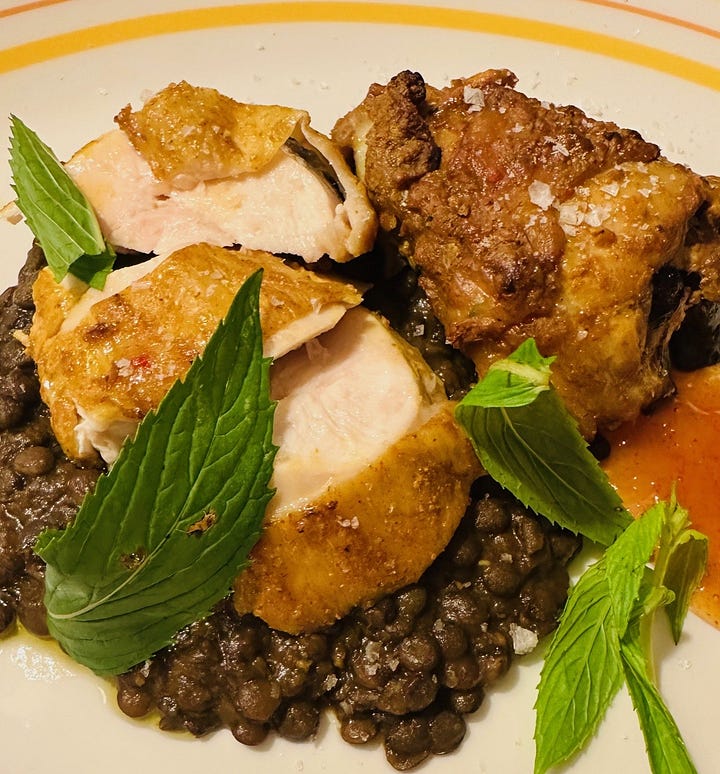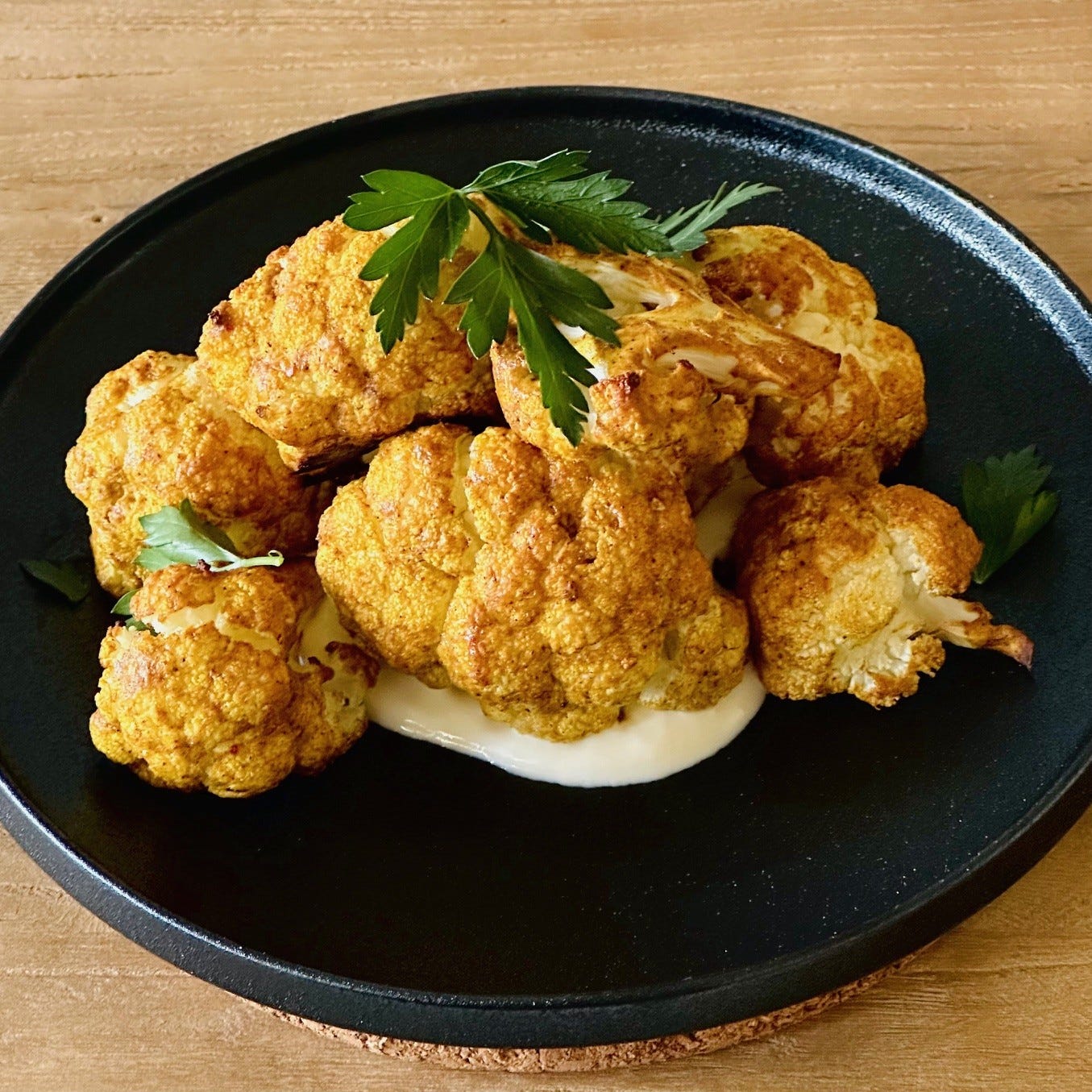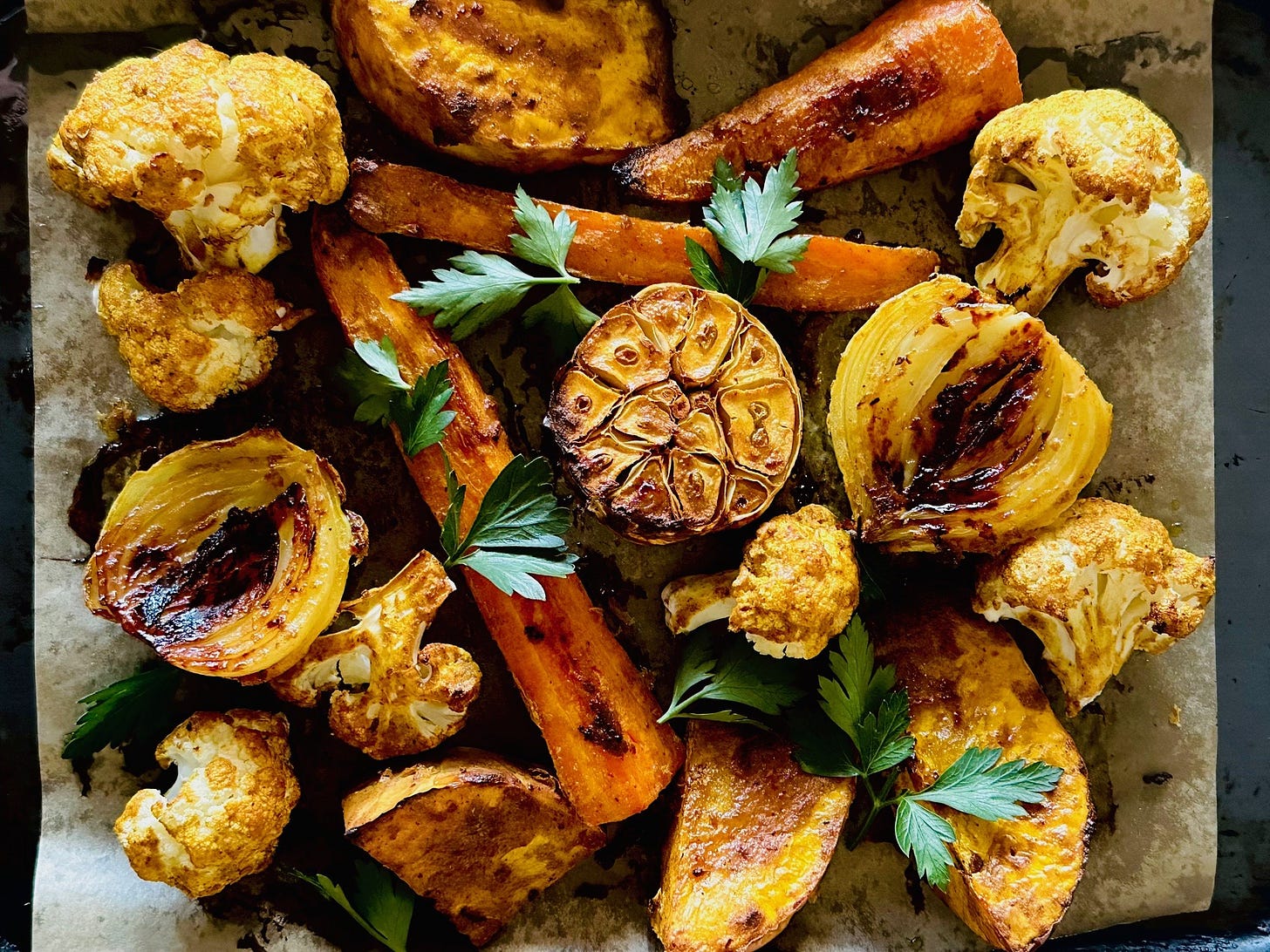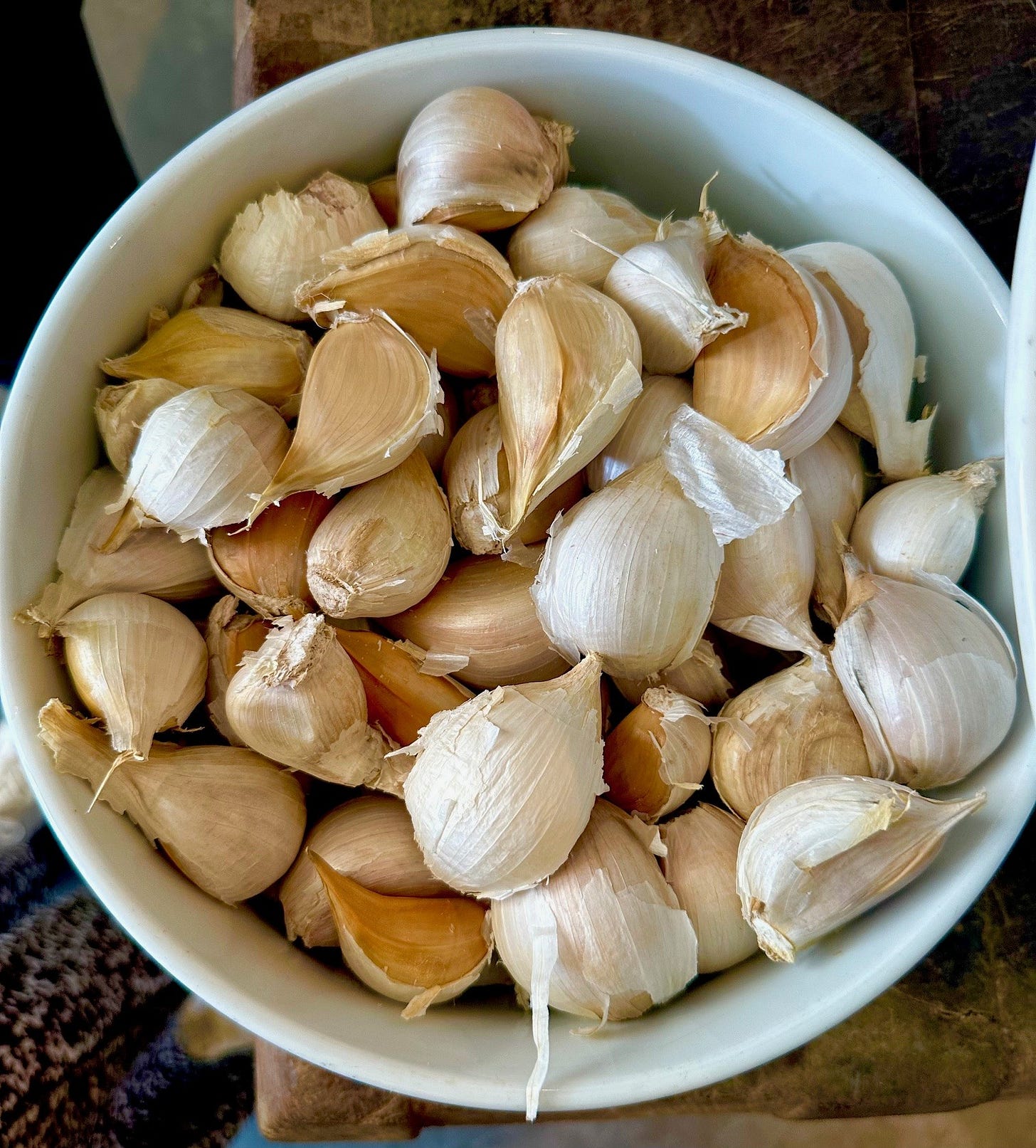TANDOOR EVERYTHING.
To tandoor: to coat in yoghurt, ginger, garlic and spice and bake or grill until sublime.
I cooked some tandoor chicken the other day, and it was such an intriguing mesh of spice and yoghurt, ginger and garlic – and so easy - that I was inspired to tandoor everything in sight. Like cauliflower.
Chicken is the first thing to come to mind when you’re thinking tandoor. And so it should be, because the marinade zings up the flavours, and after a burst in a hot oven, you’re left with a gorgeous golden, lightly charred crust. And if you leave it to marinate for a couple of hours or overnight, the yoghurt also tenderises the meat.


Salmon or ocean trout is the next, because the spices tame the rich oiliness. You don’t need to marinate fish overnight, because you’re not trying to tenderise it, so just an hour or two is enough – and the grill or BBQ will cook it in a flash.
But the cauliflower ! I tried it yesterday, just tossing it through the spiced-up yoghurt and bunging it straight into the oven. Fabulous.
After that, I was walking around the kitchen looking for things to tandoor. Butternut pumpkin, carrots, parsnips, onions - off to the tandoor, and all good.
So I’ve given a basic tandoor marinade below, and some tips on how to use it for whatever you like.
A real tandoor oven - traditionally clay - is fired by charcoal or wood, and reaches insanely high degrees. I don’t have one of those, and nor do you, probably, but this recipe will work well in a normal oven, (or a grill, for things like salmon and prawns).
Cooking is always a dance, moving to the rhythm and adjusting to your various partners (the food, the heat, the timing, the mood).
The dance, in this case, is to have the oven high enough to get that wondrous char and caramelisation on the surface, and yet be able to leave the food in there long enough to cook through.
We can’t get that miraculous tandoor oven’s searing heat that will cook everything in minutes - and if we do put the oven up to its maximum temperature, things will look magnificent in just fifteen minutes, but be rock hard inside.
So, it’s a dance. Enjoy it.
YOUR GO-TO TANDOOR MARINADE FOR EVERYTHING
If you have a tandoori spice mix or paste that you like, use it in place of the spices.
150 g plain natural yoghurt
1 tbsp fresh ginger, finely grated
2 garlic cloves, finely grated
1 tbsp lemon juice
2 tsp tomato paste
1 tsp paprika (gives a nice red colour)
1 tsp garam masala
Half tsp turmeric
Half tsp chilli powder (your best and reddest)
1 tsp ground cumin
1 tsp ground coriander
Half tsp salt, and some grinds of pepper
Combine the yoghurt, ginger, garlic, lemon juice, tomato paste, paprika, garam masala, turmeric, chilli, cumin, coriander, salt and parsley, mixing well.
Whisk until smooth, or bung into a small food processor and give it a whirl.
Coat whatever you are cooking in the marinade, using your hands.
Leave to marinate for a couple of hours or overnight.
Now you’re ready to rock and roll.
Tandoor salmon. Coat salmon fillets in the marinade, then skewer and grill over high heat until lightly charred, still pink inside. This would also be good with prawns, or skewers of lamb.
Tandoor chicken. Prep the chicken (thighs or various pieces), and cut two slits in the thickest part of the drumstick. Coat in the marinade and leave for two hours or overnight. Place on an oven tray lined with baking paper. Drizzle with a little olive oil, and bake at 200C for 30 to 40 minutes, keeping an eye on browning, and turning if necessary.
Tandoor cauliflower. Break up into small ‘trees’, coat in the marinade and place on an oven tray lined with baking paper. Drizzle with a little olive oil and bake at 200 C for around 30 minutes or until cooked, keeping an eye on browning, and turning if necessary.
Tandoor roast vegetables. Prep the vegetables (carrot, parsnip, onion, potato, pumpkin, etc) for roasting, coat in the marinade and place on an oven tray lined with baking paper. Drizzle with a little olive oil and bake at 200 C for 30 to 40 minutes or until cooked, keeping an eye on browning, and turning if necessary. Onions: I cut the onions in half and roasted them cut-side down, then turned them over to serve. Half head of garlic: Didn’t work, I’m afraid, but looked very nice.
MORE TIPS!
Serve on a bed of lentils (daal), with a dollop of yoghurt, and lemon wedges.
On the side: fresh mango chutney – mix some chopped fresh mango into mango chutney to reduce the jammy sweetness.
Beetroot chutney. Date chutney. Okay, any chutney.
On the side: fresh coriander or parsley. Or a fresh coriander chutney.
Other good spices to add or sub: 1 tsp ground fenugreek, half tsp cinnamon, 1 tsp ground ginger, half tsp grated nutmeg.
If it looks a bit dry when you’re serving: brush with a little oil, melted butter, or ghee.
Thanks for dropping by! And thanks for your comments and suggestions. Special thanks to Terry for buying me this incredible Giant Russian garlic (elephant garlic) grown by Nagles Falls Farm in the Macleay Valley, at Hudson’s Meats in Cammeray. Better than giving me flowers, because I can’t eat flowers. So romantic. (You can’t tell by the photo, but it’s huge. Didn’t use them in the marinade, though, as I wanted more kick).
I would like to acknowledge the traditional owners of the lands and waters upon which I work, live, cook and play; the Gadigal people of the Eora Nation. Thank you for sharing your culture, traditions, knowledge, spirit, art, music, humour and food traditions, allowing us all to experience a greater sense of belonging in this ancient land.








One can eat the flowers of garlic :)
Thank you for this weeks post, always inspirational and lucky you with that garlic!